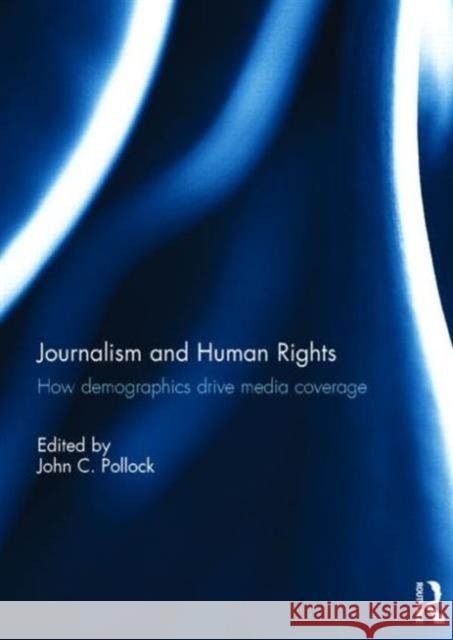Journalism and Human Rights: How Demographics Drive Media Coverage » książka
Journalism and Human Rights: How Demographics Drive Media Coverage
ISBN-13: 9781138857896 / Angielski / Twarda / 2015 / 166 str.
Journalism and Human Rights: How Demographics Drive Media Coverage
ISBN-13: 9781138857896 / Angielski / Twarda / 2015 / 166 str.
(netto: 692,55 VAT: 5%)
Najniższa cena z 30 dni: 724,19
ok. 22 dni roboczych
Bez gwarancji dostawy przed świętami
Darmowa dostawa!
This book is the first collection of original research to explore links between demographics and media coverage of emerging human rights issues. It covers cross-national reporting on human trafficking, HIV/AIDS, water contamination, and child labour; and same-sex marriage, Guantanamo detainee rights, immigration reform, and post-traumatic stress disorder in the United States. The research asks questions such as: What are the principal catalysts that propel rights issues into media agendas? Why do some surface more quickly than others? And how do the demographics of cross-national reporting differ from those driving multi-city US nationwide coverage of rights claims?
Using community structure theory and innovative Media Vector content analysis, the eight chapters of this book reveal three striking patterns that show how differences in female empowerment, social or economic vulnerability, and Midwestern newspaper geographic location, link powerfully with variations in coverage of rights issues. The patterns connecting demographics and rights claims confirm that coverage of human rights can mirror the concerns of stakeholders and vulnerable groups, contrary to conventional assumptions that media typically serve as "guard dogs" reinforcing the interests of political and economic elites.
This book was originally published as a special issue of "The Atlantic Journal of Communication."











